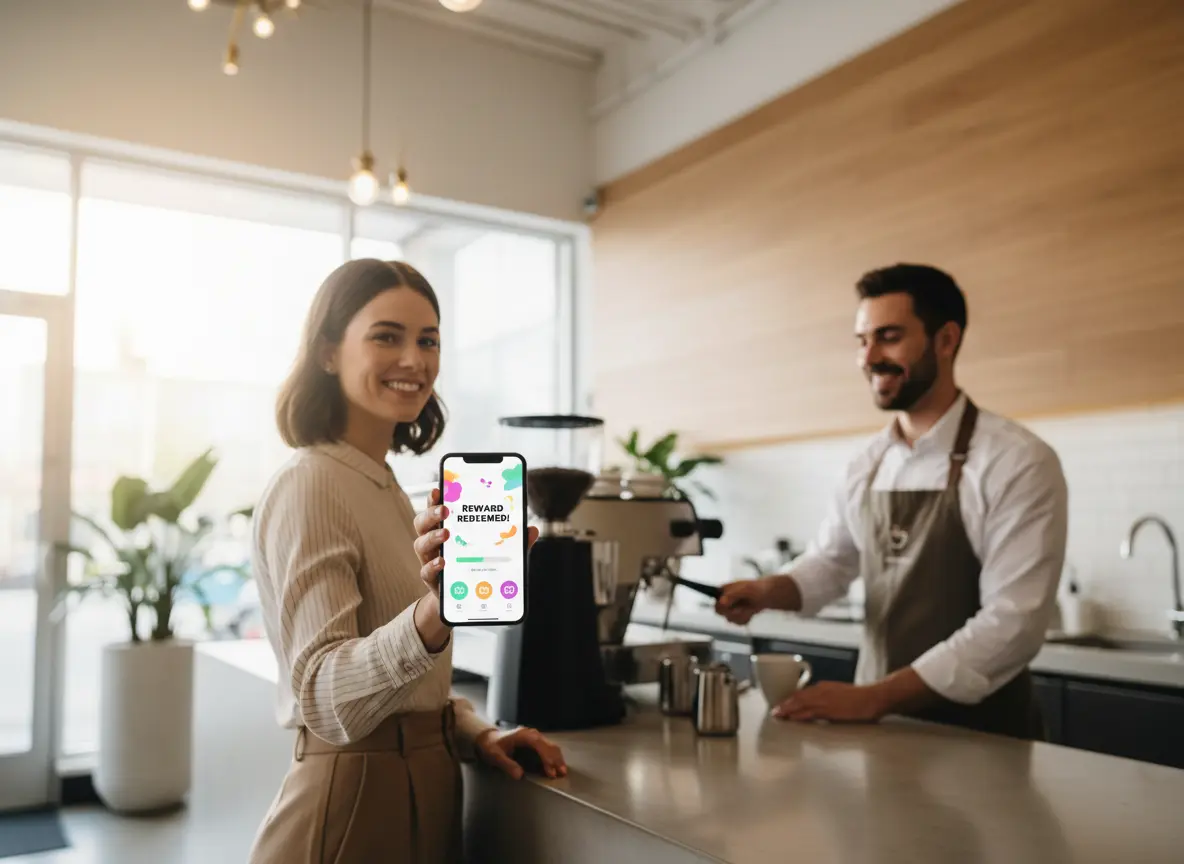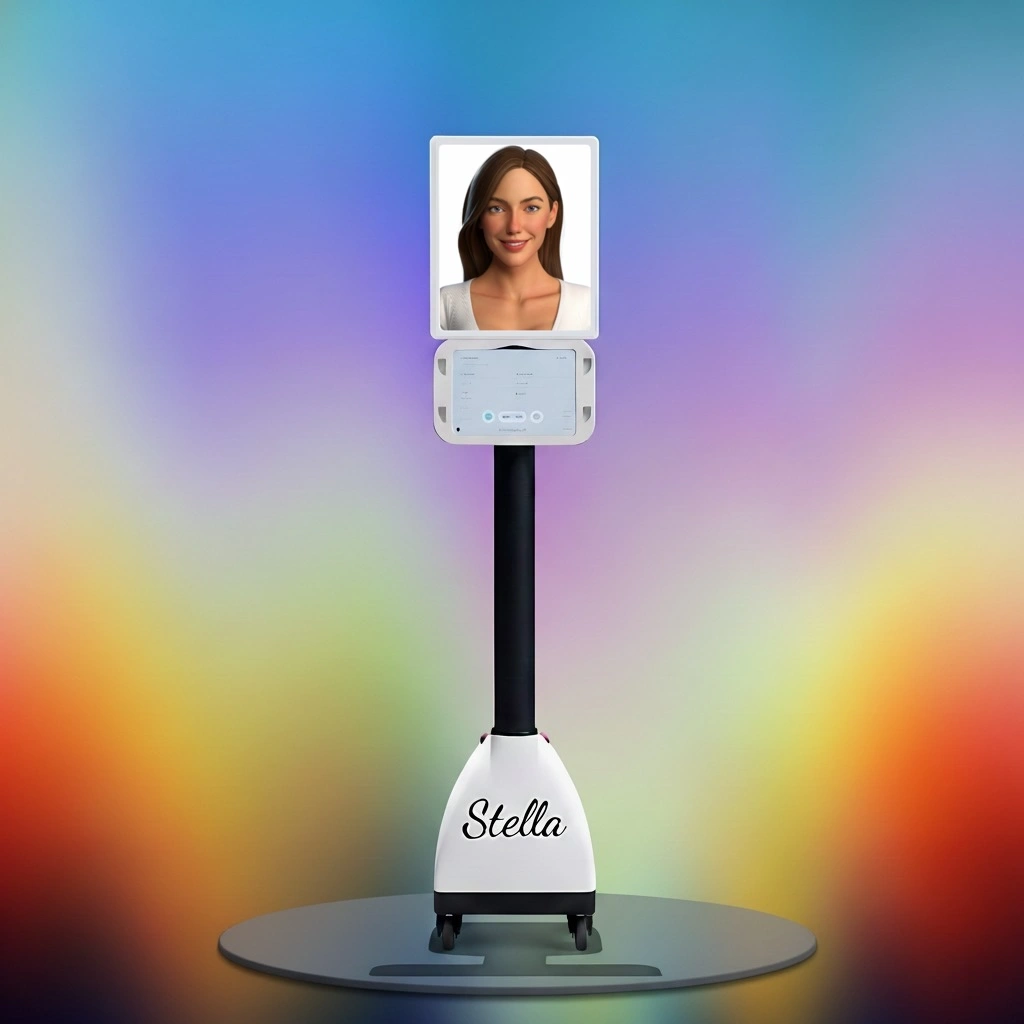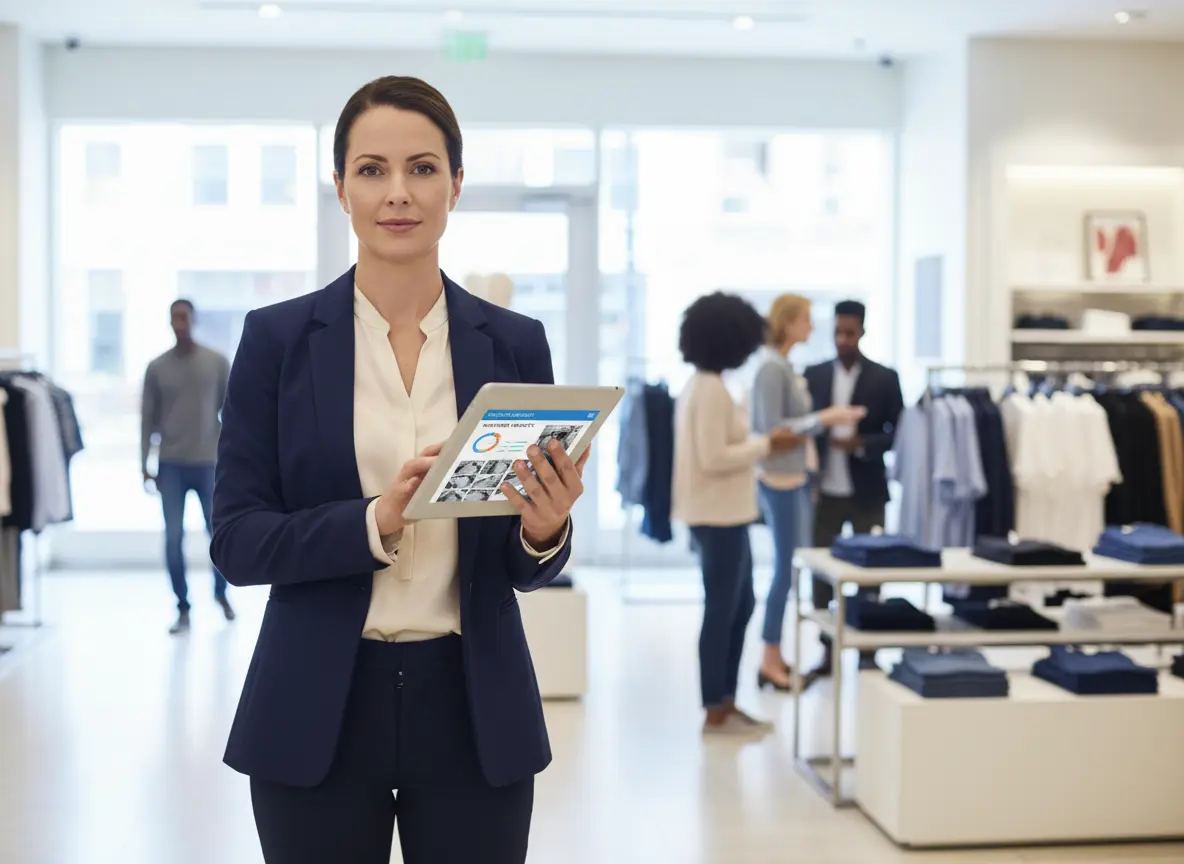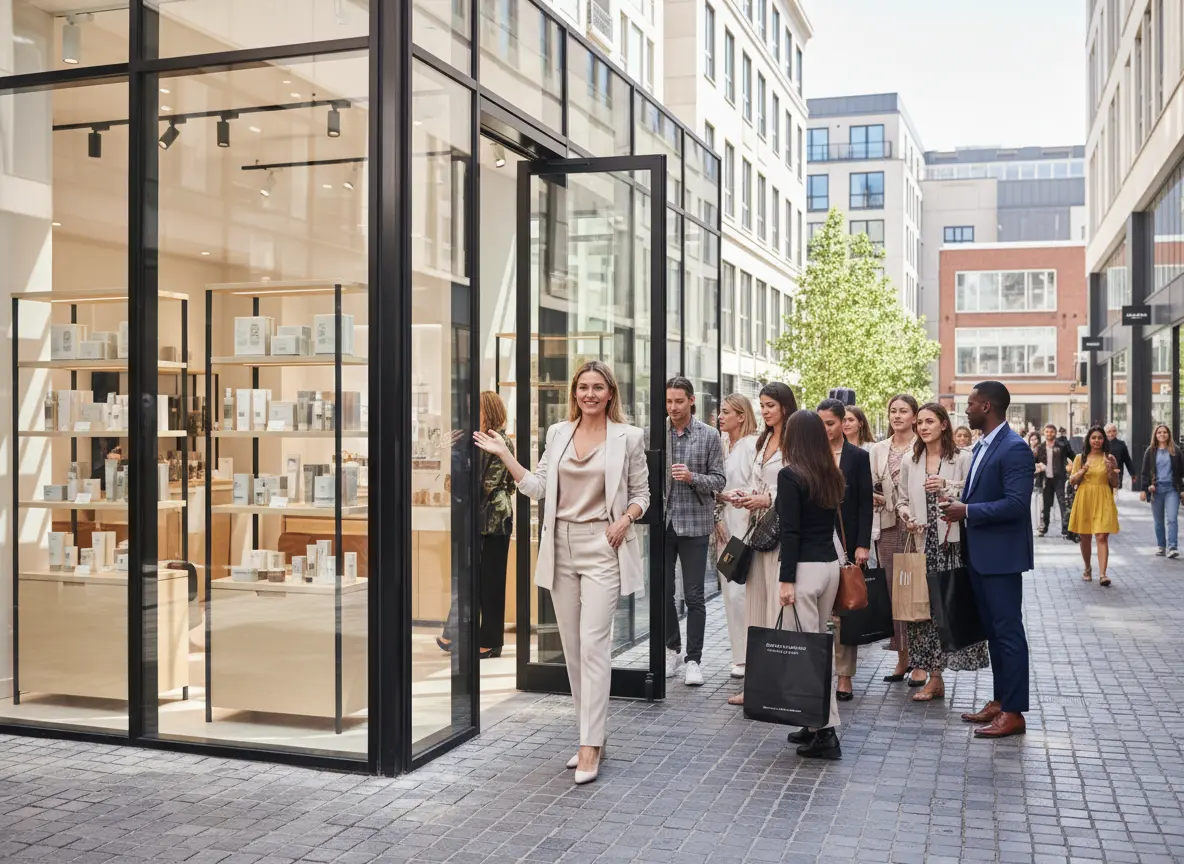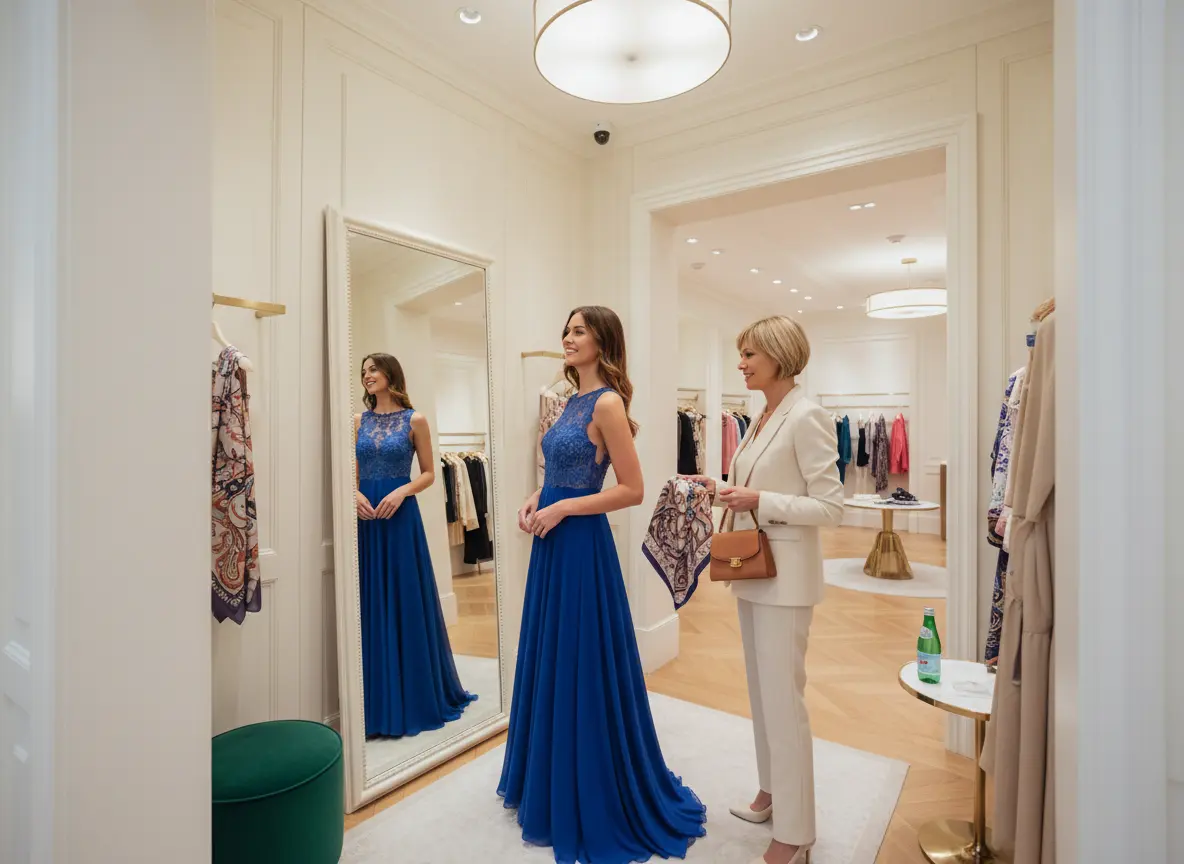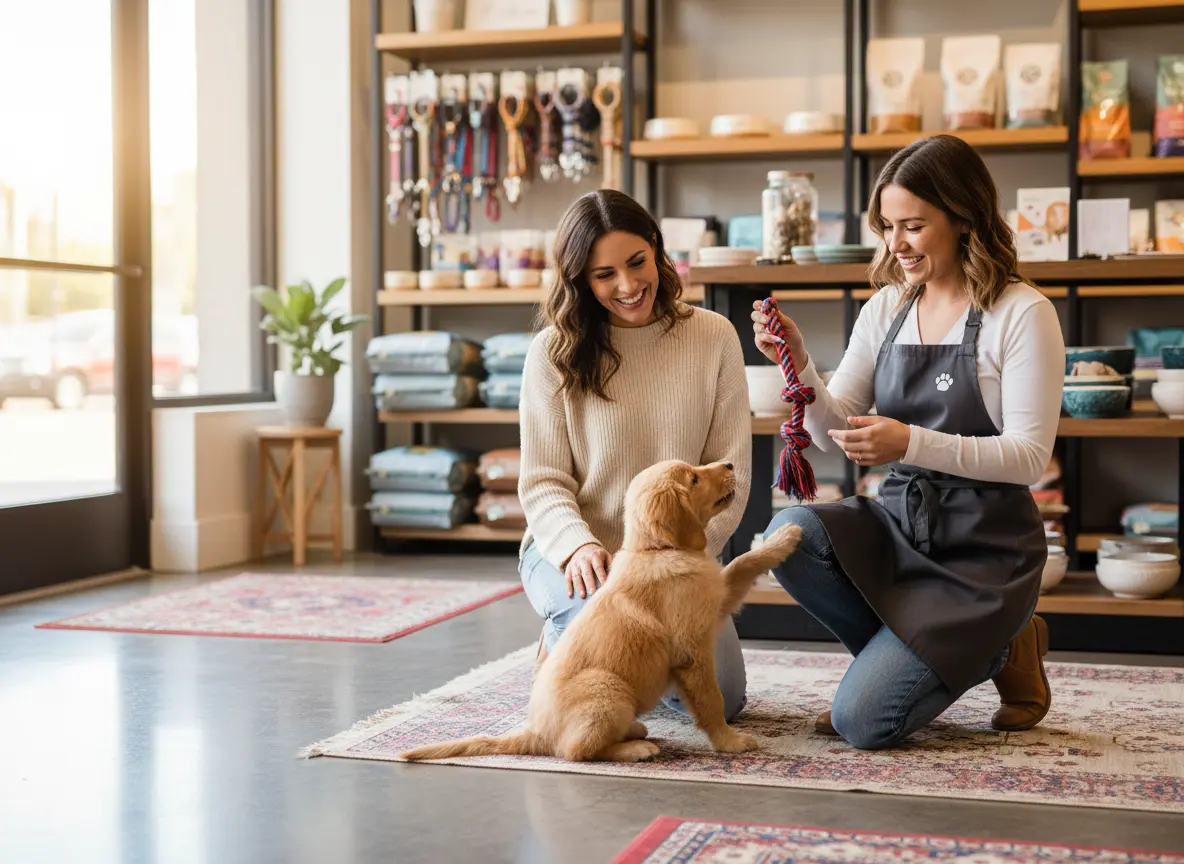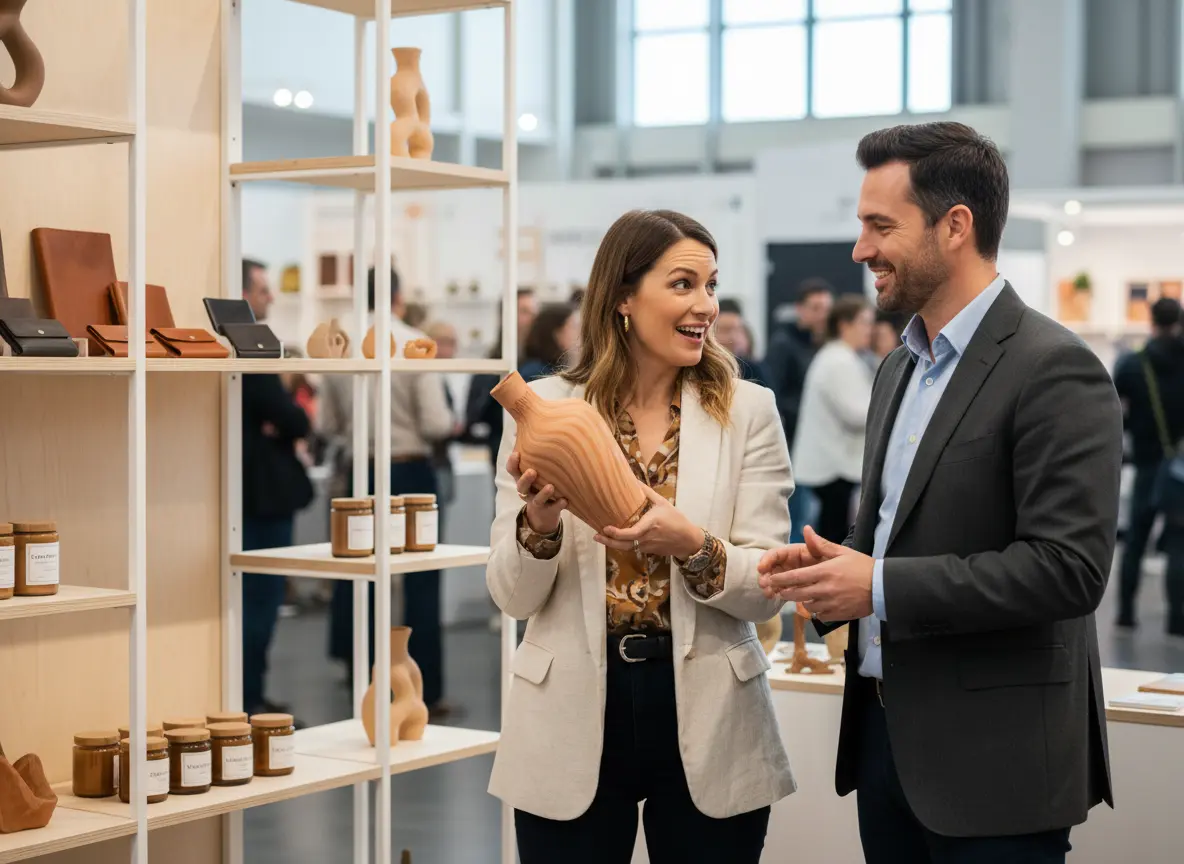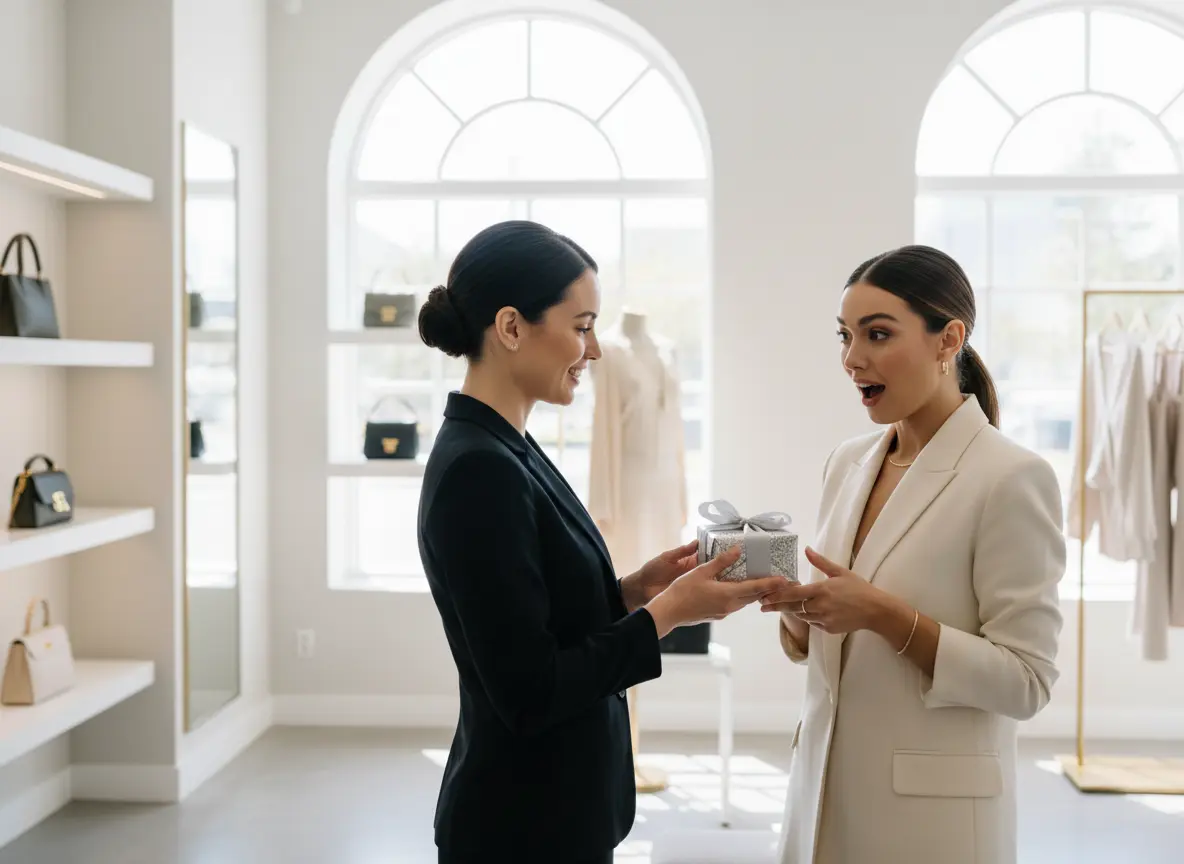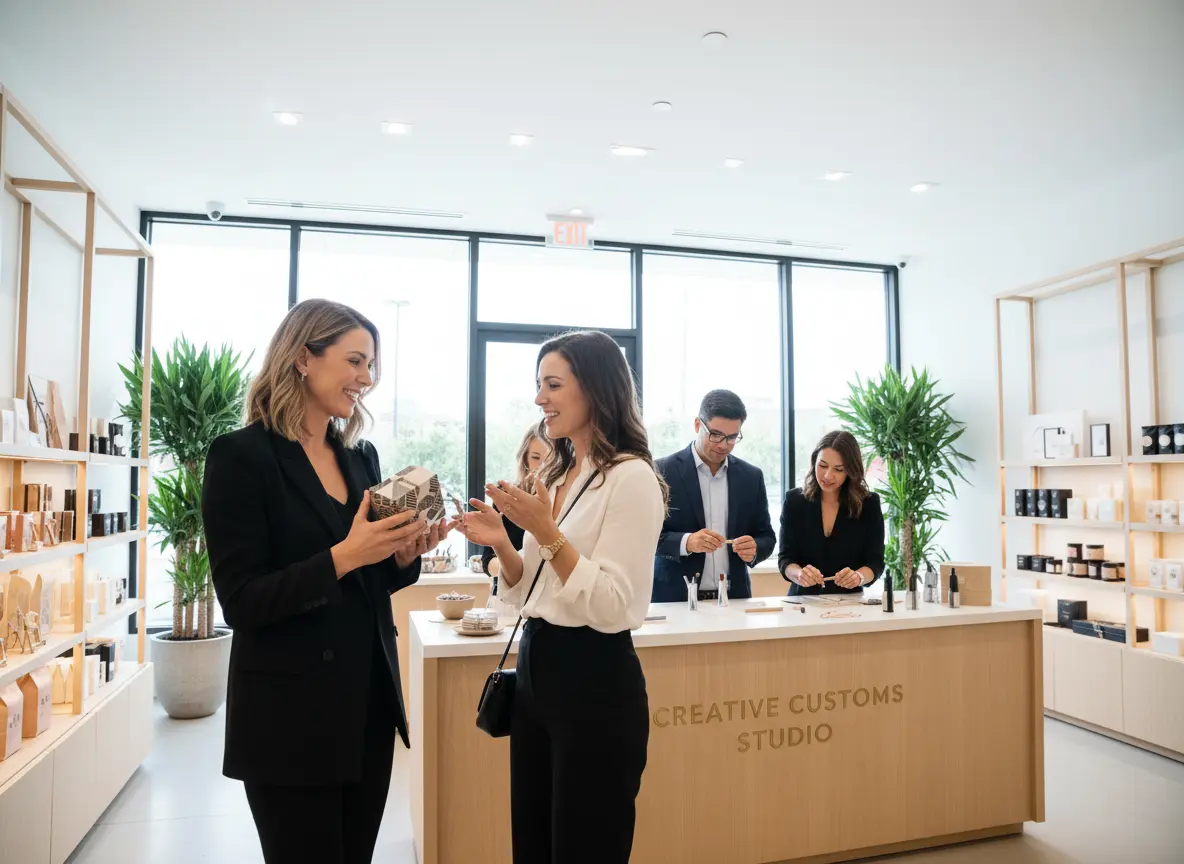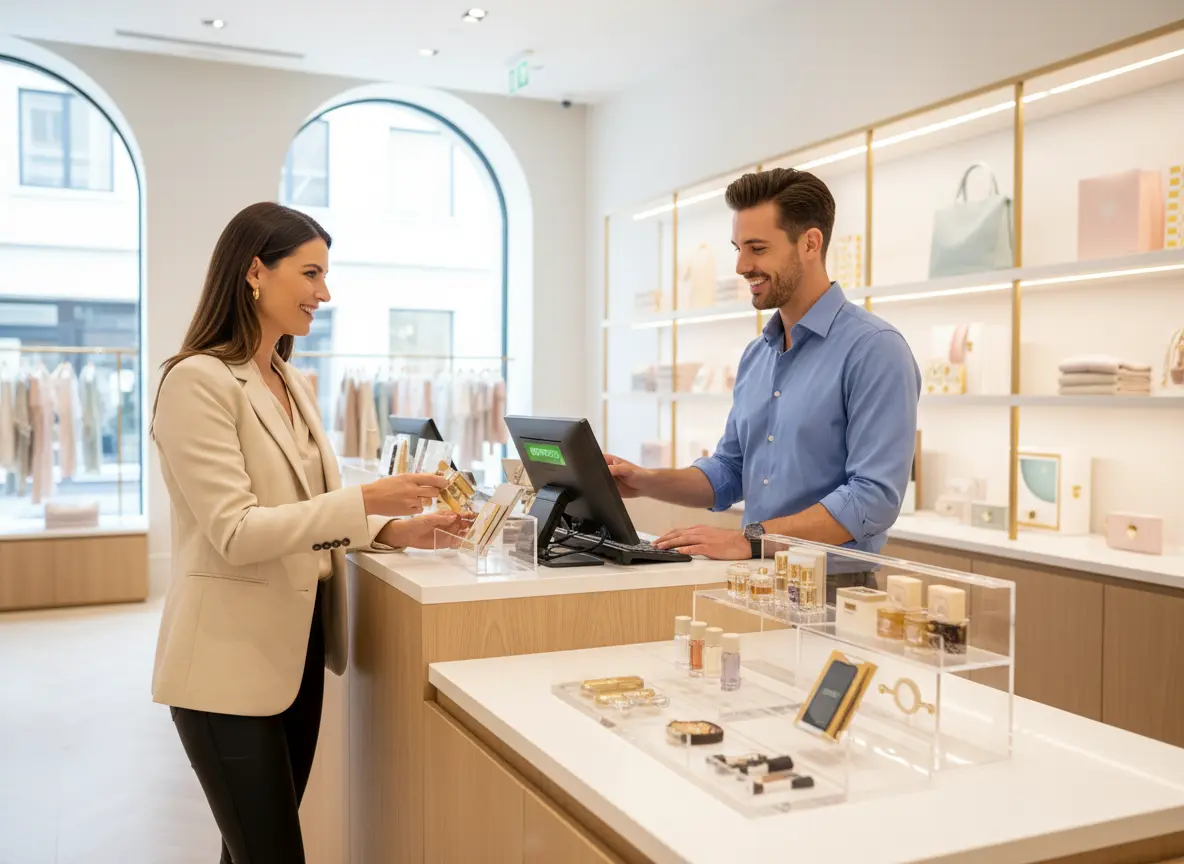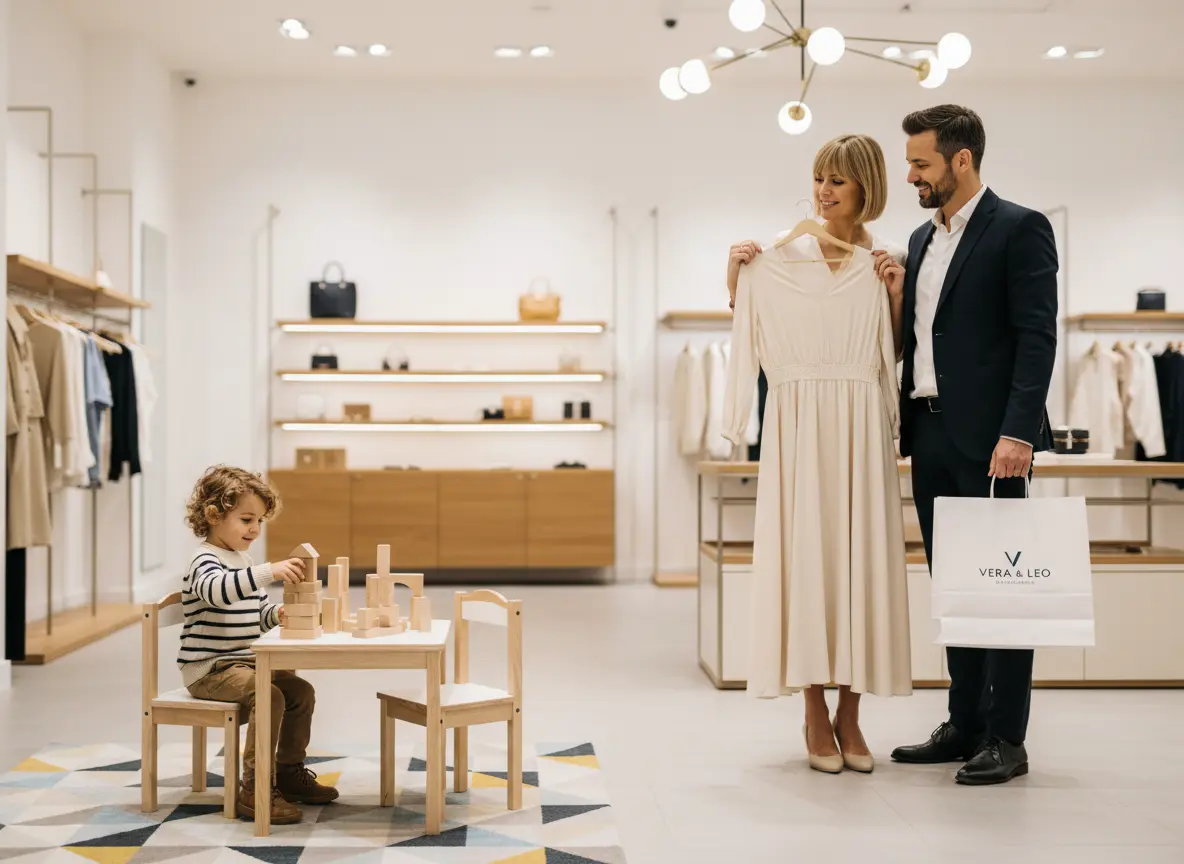Let's Be Honest: Your Loyalty Program is Probably Boring
You’ve got the punch cards. You printed 5,000 of them. They sit in a sad little acrylic holder by the register, collecting dust and the occasional coffee ring. Every now and then, a customer fumbles through their wallet, pulls out a crumpled, ink-smeared card, and asks, “Am I on my ninth stamp or my tenth?” You squint, make a judgment call, and give them a free scone. They leave, and you don’t see them again for three months.
Sound familiar? Congratulations, you have a "loyalty" program. Except it isn't building loyalty. It’s a transactional hoop-jump that customers tolerate and you, deep down, know isn't moving the needle. It's the retail equivalent of a sad, obligatory high-five.
The truth is, most loyalty programs are designed to be forgotten. They’re a race to the bottom, offering bland discounts that barely incentivize a return visit, let alone foster a genuine connection with your brand. But what if your program could be different? What if it could be something customers actually get excited about? Let’s dive into how you can build a loyalty program that doesn't just sit there, but actively works for you.
The Psychology of "Loyalty" (And Why Your Punch Card Fails)
Before you design a single new card or app, you need to understand what actually drives repeat business. Spoiler alert: it’s not just about saving 10%. It’s about tapping into basic human psychology—the same stuff that makes video games and social media so addictive. A great loyalty program makes your customer the hero of their own shopping story.
It's Not About the Discount, It's About the Dopamine
Your brain loves to feel like it’s making progress. That "10th coffee free" punch card is a long, monotonous journey with a single payoff at the end. It's boring. A modern loyalty program uses gamification to create small, satisfying wins along the way. Think progress bars, earning badges, or unlocking achievements. This is the "endowed progress effect" in action: studies show that people are far more likely to complete a task if they're given an artificial head start. So, instead of starting a customer at zero, give them 50 points just for signing up. Suddenly, they're not starting from scratch; they're already on their way!
Exclusivity Sells Better Than Cents Off
Everyone wants to be part of an exclusive club. A generic discount is available to anyone, but members-only perks make your loyal customers feel special and seen. This isn’t about just money off; it’s about status and access. Take a page from Sephora’s VIB program, a masterclass in tiered loyalty. Customers aren't just earning points; they're striving to reach the next level—Insider, VIB, Rouge—each unlocking better perks like free shipping, exclusive products, and early access to sales. This creates a powerful emotional incentive. What could you offer that costs little but feels like a VIP experience? Early access to a new collection? A private shopping event after hours? A free gift wrapping service during the holidays? These are the things that build a cult following, not another 5% off coupon.
Personalization is Not a Buzzword, It's a Requirement
The days of one-size-fits-all marketing are over. According to McKinsey, 71% of consumers expect companies to deliver personalized interactions. A generic "Happy Birthday, here's a coupon!" is the bare minimum. True personalization uses a customer's purchase history to make them feel understood. Imagine this: instead of a generic email, a customer who regularly buys your gourmet dog treats gets a message that says, "Hey Sarah, we know Fido loves our peanut butter biscuits. For your loyalty, his next bag is on us." That’s not just a promotion; it’s a relationship. It shows you’re paying attention. This is how you turn a repeat buyer into a brand evangelist.
Spreading the Word Without Annoying Everyone
You can design the most brilliant loyalty program in the world, but if no one knows about it, does it even exist? Getting the word out is critical, but it often falls on your already-overburdened staff, who might forget to mention it or give a tired, uninspired pitch at the end of a long day.
The Human (or Robotic) Touchpoint
Consistent, enthusiastic promotion is key. This is where modern technology can give you an incredible edge. Imagine every single person who walks through your door gets a perfect, friendly, and compelling invitation to join your loyalty club. That’s what a robotic retail assistant can do. For example, Stella can be positioned near the entrance to greet every customer and say something engaging like, “Welcome in! Before you start shopping, did you know you can get a free welcome gift just by joining our VIP Club today? It’s completely free and takes less than a minute to sign up!”
An assistant like Stella ensures 100% consistency. She never has an off day, never forgets the key benefits, and frees up your human team to focus on more complex customer needs. It’s the perfect way to drive enrollment and make sure your brilliant program gets the attention it deserves, without adding another task to your team's plate.
Designing a Program That Doesn't Tank Your Margins
Okay, so you’re sold on creating an experiential, personalized program. But the numbers still have to work. The goal is to increase customer lifetime value, not give away the farm. The good news is, the most effective rewards are often not the most expensive ones.
Beyond Points: Creative Rewards That Cost You (Almost) Nothing
Think about rewards that have a high perceived value but a low actual cost to your business. This is where you can get creative and tailor rewards to your specific store. Consider offering:
- Early Access: Let your top-tier members shop new arrivals 24 hours before anyone else. Cost to you: zero. Value to them: immense.
- Experiential Perks: Host a members-only styling workshop, a product tasting, or a "meet the maker" event. This builds community and reinforces your brand's expertise.
- Convenience: Offer a "skip the line" pass during the holiday rush or complimentary local delivery for your best customers.
- Surprise & Delight: Use slow-moving inventory as a "surprise" free gift with purchase for a loyal member. You clear out old stock, and they feel incredibly special.
The Tier System: Reward Your Best Customers Most
Not all customers are created equal. A flat rewards program that treats a one-time tourist the same as a weekly regular is a massive missed opportunity. A tiered system (e.g., Bronze, Silver, Gold) is far more effective. It allows you to concentrate your resources on rewarding the top 20% of customers who likely drive 80% of your revenue. The escalating perks of higher tiers—better discounts, more exclusive access, premium services—give all members something to strive for. It gamifies spending and provides a clear path for a casual shopper to become a devoted regular.
Measure, Tweak, Repeat: Don't Set It and Forget It
Your loyalty program should be a living, breathing part of your business strategy, not a dusty binder on a shelf. To ensure it's actually working, you need to track the right metrics. Don't just look at the enrollment rate. Dig deeper:
- Redemption Rate: Are people actually using the rewards they earn? If not, they might not be compelling enough.
- Member vs. Non-Member Spend: Are your members spending significantly more per transaction or visiting more frequently than non-members? They should be.
- Churn Rate: Are you retaining a higher percentage of your loyalty members compared to your overall customer base?
Use this data to make informed decisions. Maybe the reward for the "Silver" tier isn't a strong enough incentive to level up from "Bronze." Maybe a specific promotional offer for members performed exceptionally well. Analyze the data, solicit feedback from your members, and don't be afraid to evolve the program over time.
A Quick Reminder About Stella
Remember, a great loyalty program is just one piece of the puzzle. Creating a consistently welcoming and helpful in-store experience is what truly keeps customers coming back. That's where an AI retail assistant like Stella shines, greeting every shopper, answering questions, and promoting your best offers, 24/7, ensuring every visit is a positive one.
Conclusion: From "Program" to "Club"
Let's stop thinking about this as a "loyalty program." The term itself is tired and transactional. Start thinking of it as your store's "VIP Club," "Insiders Group," or "Appreciation Society." The shift in mindset is crucial. You're not just bribing customers for their business; you're inviting them into a community and rewarding them for being a part of it.
A truly effective program is built on a foundation of exclusivity, personalization, and genuine appreciation. It's time to throw away the dusty punch cards and build something your customers will actually love. Here’s how to start:
- Audit your current system. Is it just a discount card in disguise? Be honest.
- Brainstorm three non-monetary rewards that would delight your ideal customer and cost you very little.
- Sketch out a simple two-tier structure. What extra perk could you give your top 20% of customers to make them feel truly valued?
Do that, and you'll be well on your way to building a program that doesn't just get used—it gets talked about.
